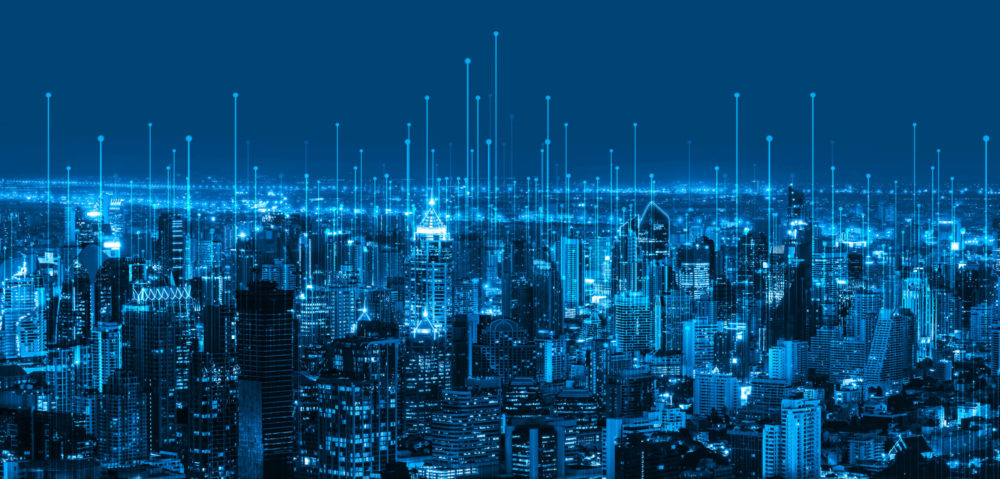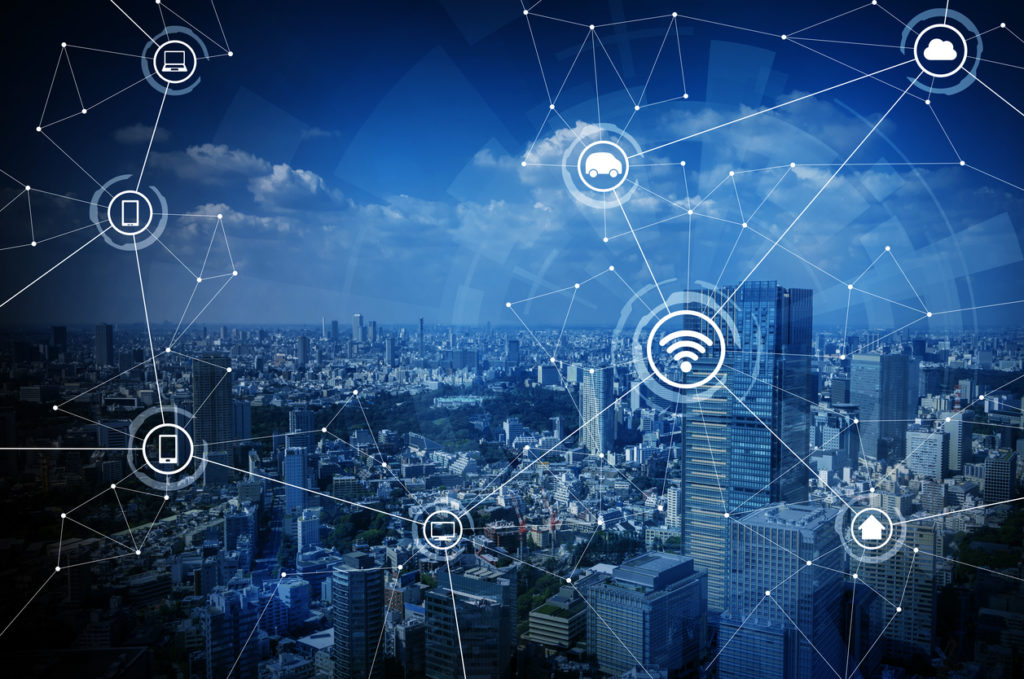
M&E Journal: Road-Mapping the Industry’s Digital Future
As both the range and volume of consumed content increased dramatically during lockdowns, audience engagement evolved together with the accelerated shift to digital channels. At the same time, the constraints of social distancing and restrictions on travel amplified changes to work practices across content production and distribution.
Take the mass shift to internet protocol (IP), a key step in digitalization and the transfer of data. While this was already underway before the pandemic, a recent survey found that 71 percent of broadcasters have accelerated IP adoption.
 With increased use of automated and templated workflows, IP-enabled digital supply chains are becoming mainstream.
With increased use of automated and templated workflows, IP-enabled digital supply chains are becoming mainstream.
Even before the pandemic, technological advances, combined with growing cost and competitive pressures, were driving more virtualized and remote ways of operating. Scripted content production, for instance, has been undergoing a transformation.
Sophisticated CGI — thanks to the transition of gaming technologies into film — has once more put studio buildings front and center.
Adaptations since 2020 have served to underline what many in this industry already knew: you don’t need a large crew for a great production.
Outside broadcast teams were downsized, or partially replaced, with more intensive use of cloud-based centralized facilities, workflow efficiencies, and remote editing platforms. Live programming and sports adapted, with production evolving into distributed remote production by team members in multiple locations.
These necessities have served as proofs-of-concept for the efficient and optimized digital supply chains of the future. The case for digitalization has been won: fewer resources, less real estate, lower capex.
Combine this with more flexibility and liquidity and the argument is compelling, especially because we can see that the quality of content and production is being maintained.
REARCHITECTING DIGITAL INFRASTRUCTURES
The challenge now for any media company is how to integrate what’s happened and press forward with digital transformation. The pace of change won’t let up: as normal life begins to return consumers’ high expectations will keep growing and market dynamics will intensify and diversify.
Enabled by IP, the digital supply chain will see increased and intelligent automation and streamlined processes with the ability to scale up and down rapidly.
A modern digital infrastructure is therefore essential, enabling production and distribution teams to work more flexibly in real time.
As we have seen in our work with the BBC, for example, at its new broadcast center in Cardiff, Wales (Europe’s most connected and environmentally sustainable broadcasting center) a leading-edge media environment serves to streamline workflows and support mobile and connected ways of working.
Following an intense strategy, design and deployment at the new center, BBC Cymru Wales has the bandwidth, capacity and flexibility required to produce new forms of content and support ultra-high-definition production as new technologies emerge.
A prime example of these new technologies and techniques is in action over in London, at BBC Studioworks, where Atos has been working with another mainstream UK broadcaster, ITV.
Our Broadcast Network Control System+ (BNCS+) — a digital platform for controlling hybrid media content and infrastructures — was called into play, supporting changes to working practices, wider use of mobile devices, and any move to cloud.
 DATA-DRIVEN CONSUMER ENGAGEMENT
DATA-DRIVEN CONSUMER ENGAGEMENT
Turning to consumer engagement, digital platforms, enabled by cloud together with artificial intelligence and machine learning capabilities, now offer our community new ways to reach audiences — and to measure the impacts of engagement strategies.
The shift to digital and changing audience expectations have opened up new possibilities, particularly in the area of live content engagement.
Consumers have themselves become contributors; harnessing their desire to participate in content key.
As the worldwide IT partner to the International Olympic Committee since 2001, at Atos we’ve seen first-hand the digital transformation of live events. Delivering and securing all the IT systems required for every Summer and Winter Olympic Games is a significant — and high-profile — program that has benefited from significant digital transformation since 2001. Tokyo 2020 was the first Olympics ever to be delivered completely in the cloud, for instance — a model that’s being replicated for Paris in 2024.
We have also witnessed the digital transformation of the spectator’s experience. In the past, sports fan could only enjoy each Games for the competition itself, lasting around 17 days. Now, however, digital solutions can connect fans before each of the events and keep up the engagement long after the closing ceremony.
Consumer engagement is a data-centric methodology to serve consumers with enriched personalized experiences and helps to promote retention and continuous participation.
DIGITAL TRANSFORMATION IMPERATIVES
Across the media and entertainment landscape, this business is about cyber-secure digital and data transformation and intelligence-gathering along networks. In an age of hyperconnectivity, success depends on harnessing data to generate actionable insights and rearchitecting digital networks and broadcast centers for IP.
As the engineer and investor Marc Andreessen famously wrote back in 2011, “software is eating the world.” In this context, traditional in-house IT, hardware investments and custom-made solutions will hold any company back.
Moving to the cloud is on the critical path if companies are to build in the flexibility, cost-efficiency and resiliency that companies need if they are to continue responding to competitive and operational pressures. Effective and seamless integration of best-of-breed digital platforms and applications is also essential — as is the importance of a digital partner ecosystem so that companies can access the right blend of niche skills and solutions in an agile way.
In terms of sustainability, a by-product of the digital shift has been the significant environmental benefit, which must be sustained — and improved upon — if companies are to deliver on their net zero ambitions.
 There is no room for complacency.
There is no room for complacency.
As a recent BBC report outlined, the transition from broadcast to streaming actually increases the carbon footprint.
From large, traditional broadcasters, to online content platforms, to specialist suppliers, all media and entertainment companies have the same need: to deliver the best-possible content, at pace, and at the lowest-possible cost.
As a global systems integrator and digital transformation partner, we at Atos are working with leading media and entertainment companies to do just that.
We guide, secure and accelerate digital transformation, so that companies can advance, win, stay competitive, satisfy advertisers and stake- holders, and achieve their creative ambitions as our exciting and dynamic industry evolves.
** By Allan McLennan, Client Executive Partner, Head of Media and Entertainment, North America, Technology, Media, Telecom, Atos **
=============================================
Click here to download the complete .PDF version of this article
Click here to download the entire Winter 2021 M&E Journal
